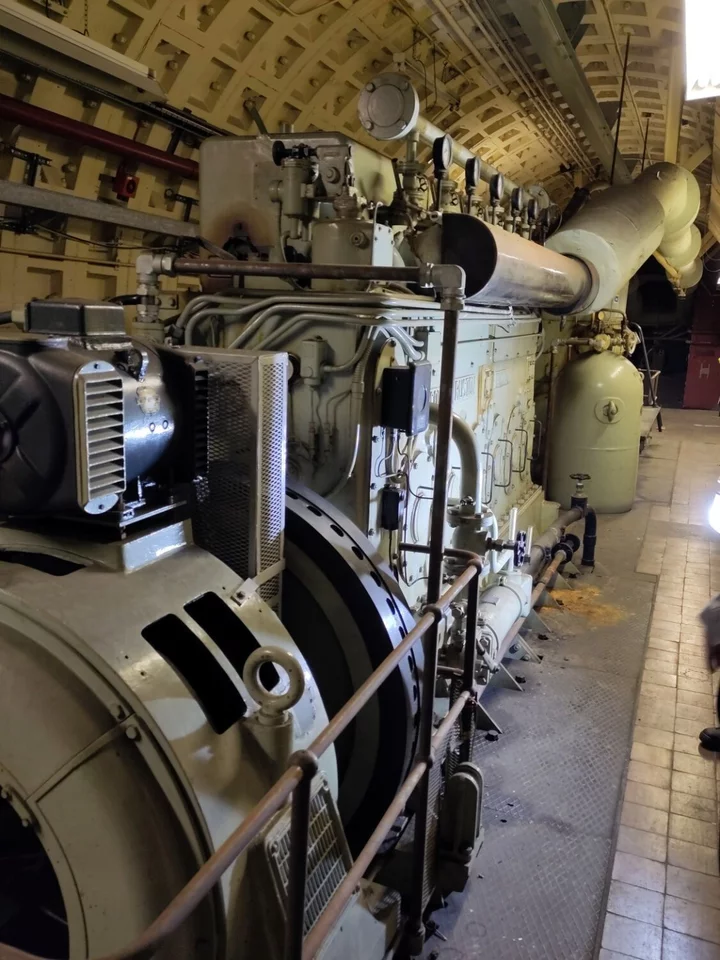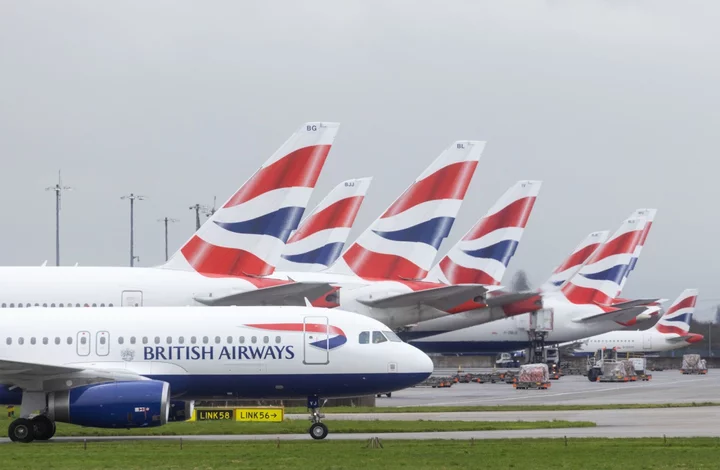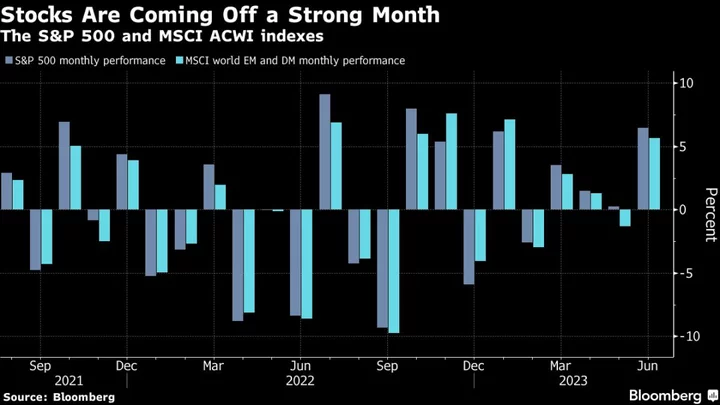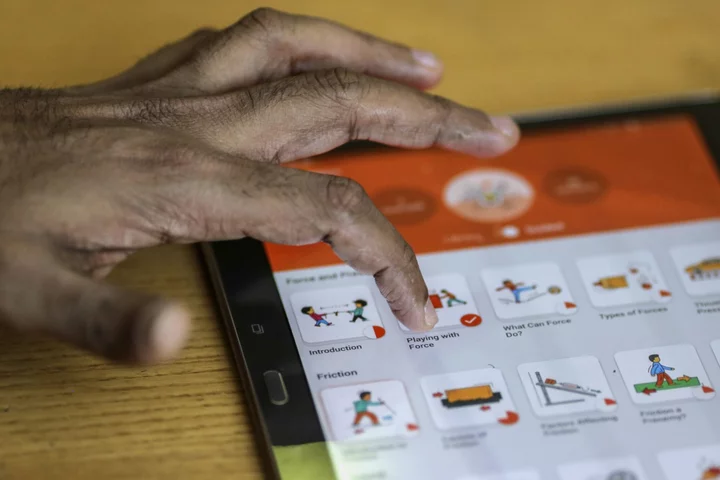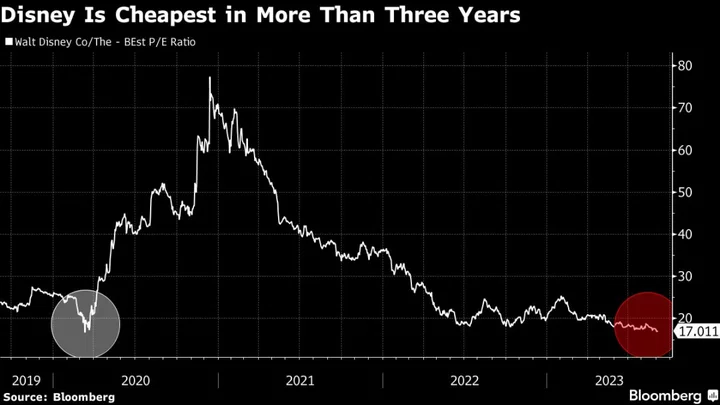The two lead soldiers blasted away with automatic rifles as they stormed down a trench. But in the dirt-walled warren, the Ukrainian trainees had turned their backs to the main passage, leaving themselves exposed.
“Do that again and I’ll send you right back to the beginning,” their instructor, Batman, shouted over the din of gunfire in a forest outside the capital Thursday.
The 15 men had made enough potentially fatal mistakes to earn a score of only 3 out of 5 from Batman. But there was no more time for practice. They were being sent to the front, along with their instructors, to help confront a new Russian push.
About three weeks into a counteroffensive that Kyiv sees as its best hope for driving Moscow’s troops from its territory, the Kremlin is fighting back at another spot along the front as Ukraine’s campaign so far is going slower than expected, officials said.
Even with new weapons and training from allies in the US and Europe, Ukraine’s forces are struggling to advance against Russian troops that have spent months digging into defensive positions across the swathes of territory they’ve occupied since President Vladimir Putin sent them to invade in February 2022. The breach of the Kakhovka dam and its massive reservoir near the front lines on June 6 has for the moment only added to the challenges.
Now, with Ukraine focused on its push in the south, Russia has launched a counterpunch in another part of the front, likely seeking to force Kyiv to divert forces to defend towns in the east that it retook last year.
Ukraine’s best, freshest troops - a dozen brigades trained and equipped by its allies in the US and Europe - are reserved for the big counteroffensive in the south. That means men like Batman’s trainees from Kyiv’s Bureviy National Guard brigade, who have little combat experience, will have to help fight the new Russian push.
“Ukraine’s military command will do everything possible not to distract the 12 brigades it prepared for the counteroffensive, so they will use the national guard instead,” said Mykola Bielieskov, a research fellow at the National Institute for Strategic Studies, a Ukrainian government think tank. “Everything depends on what happens in the south, and both sides understand that perfectly well.”
Unlike in the east, where reclaiming territory would produce little strategic gain, says Bielieskov, the south offers the prospect of splitting Russian forces in two, threatening Crimea and recovering critical parts of Ukraine’s economy such as Europe’s largest nuclear power plant.
In a war where both sides have mobilized thousands of civilians to fight, sending men into battle with only basic training has proved unavoidable, and often deadly.
“It is really bad in the east now,” said Batman, who like his trainees agreed only to be identified by his call sign. Fighting is especially heavy around Kreminna in the Luhansk region and Lyman in northern Donetsk, according to Ukrainian officials.
Batman has no illusions about what his unit will face from Moscow’s troops.
“Sure there are some fools, and some get sent in as canned meat, but unfortunately they still have a large military with good experience and a lot of equipment,” said the 49-year-old former businessman and professional athlete.
Together with his deputy, Batman says he has trained about 1,000 men so far. But until now this has been a rolling operation, designed to send units to plug holes in battalions already fighting at the front.
The Bureviy Brigade is equipped with heavy armor and artillery, including some supplied by the US and Europe. It’s assembled from some older volunteer units that fought at the front, as well as new recruits and men who signed up to defend Kyiv last year but have not seen combat since.
It’s been up to Batman and his fellow instructors over the last few months to turn this mix of troops into a single fighting force, likely to number about 1,500 altogether. A more experienced group had left Wednesday, he said.
Most of the 15 practicing in the trench this week have spent the war guarding the capital.
Max, a 36-year-old medic, was a realtor before the war. He’s afraid he won’t be able to hide the fact he’s in combat from his wife anymore, now that she’s returned to Kyiv from abroad. “I used to lie down on the ground, take off my helmet and Facetime with her,” he said. “I told her I was with a backup unit.”
Morz is a 57-year-old retired soldier; Bunny, a 20-year-old tractor driver; and Artist, at 55, a personal bodyguard who happens to like art.
A former theater lighting technician, 53, also calls himself Artist. “I’m angry, angry at them because they’ve ruined our lives,” he said of the Russians, when asked how he felt about being sent to the front. “And I need more skills” as a soldier, he said.
Unit commander Mason, 46, was the owner and chef of an Italian restaurant before the war. He saw combat in 2014-15, when Russia first attacked Ukraine by organizing an armed insurgency in the eastern provinces of Luhansk and Donetsk, and again since last February’s full invasion. Putin has declared the two regions part of Russia.
There’s no doubting the unit’s morale or readiness to fight. “The difference between us and them is we’re defending our children and will rip off heads to do it,” said Batman.
But they’ve had to squeeze training that would ideally take a year into a month.
In their last exercises, some had charged out of the forest cover to storm the trench standing up, giving the Russians the largest possible target to shoot at. Others forgot to turn down the volume on their walkie talkies as they approached the enemy, potentially giving themselves away. The men took too long to evacuate wounded comrade, keeping the assault team jammed in the trenches and exposed to enemy fire.
In the woods, Batman told them, they needed to hide better from drones and avoid stepping on the dry branches strewn across the pine forest floor, to stay quiet.
“We are training them here in the woods because it’s almost exactly the same at our positions in Luhansk,” Batman said, before offering the assembled trainees a few final words. “Thank you. Take care of yourselves. Glory to Ukraine,” he said, eliciting a roar of approval.
As Batman flipped through photos on his phone showing his service in different hot spots through the war, he stopped at one of a suave man in a tuxedo from 2020. “I miss my normal life,” he said.


